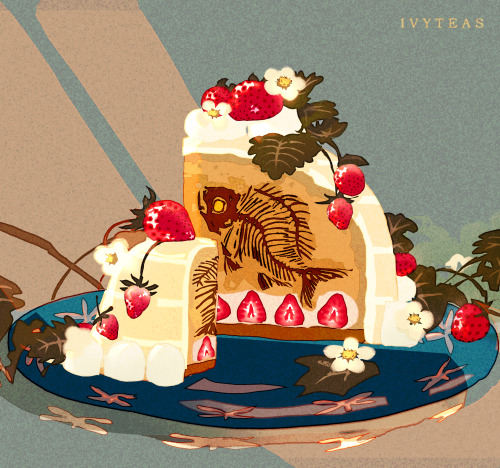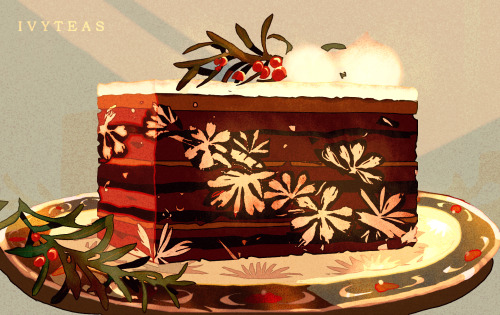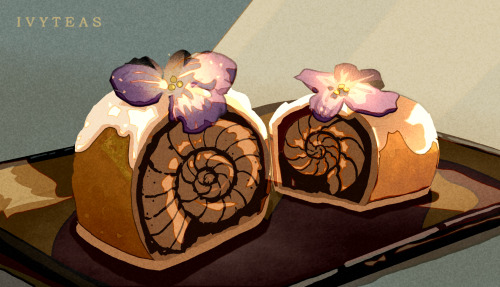Trinkets And Feathers. 𔓕
Trinkets and feathers. 𔓕

More Posts from Lulyasghost and Others



I want to live near a lake so I can visit the ducks and geese everyday. </3

~ Human Skull With Mosaic Designs.
Culture: Mixteca-Puebla
Period: Late Postclassic
Date: A.D. 1300-1520
Medium: Bone, stone and shell

Behold the rufous and black and rufous elephant shrew (Rhynchocyon petersi)! Despite its diminutive size, this critter is more closely related to elephants than it is to shrews. It’s also distantly related to manatees, dugongs, and hyraxes. It uses its long snout to scoop up worms, ants, termites, roots, berries, and shoots to eat. To move around its territory, this fast-moving mammal creates networks of foraging trails, which also serve as escape routes from predators.
Photo: Smithsonian's National Zoo, CC BY-NC-ND 2.0, flickr

The mockingbird, the jabberjay and the mockingjay 🕊️ inspired by this post by @fromevertonow
!!!!


when i tell you i would commit heinous acts for a pair of these shoes

Wood and faience game board with pieces, Egypt, 18th Dynasty, circa 1550-1295 BC
from The Metropolitan Museum of Art
I woke up to THIS in MY wall.

I can't take a good picture but it's basically this moth.
Anyways I've been scared of this moth since basically always, the first time I saw one I thought that pom pom at the end of the tail was actually worms eating the moth alive.
Obviously those are not worms but still, I keep picturing the moth flying and throwing her worms at me and they are happy because they finally get to eat a human and I hate it.
Anyways, bye. 👋😊✌️😘
-
 itati liked this · 6 days ago
itati liked this · 6 days ago -
 au-rra liked this · 6 days ago
au-rra liked this · 6 days ago -
 thefuturekatana liked this · 6 days ago
thefuturekatana liked this · 6 days ago -
 myownkindofdivinity reblogged this · 6 days ago
myownkindofdivinity reblogged this · 6 days ago -
 pacatica liked this · 6 days ago
pacatica liked this · 6 days ago -
 writingwisterias liked this · 1 week ago
writingwisterias liked this · 1 week ago -
 reecebee reblogged this · 1 week ago
reecebee reblogged this · 1 week ago -
 i-did-it-for-the-sun liked this · 1 week ago
i-did-it-for-the-sun liked this · 1 week ago -
 wxlfman liked this · 1 week ago
wxlfman liked this · 1 week ago -
 princesscutewir liked this · 1 week ago
princesscutewir liked this · 1 week ago -
 sunflowerjes liked this · 1 week ago
sunflowerjes liked this · 1 week ago -
 petitefeedeporcelaine liked this · 1 week ago
petitefeedeporcelaine liked this · 1 week ago -
 balladofareader liked this · 1 week ago
balladofareader liked this · 1 week ago -
 frillsmiau reblogged this · 1 week ago
frillsmiau reblogged this · 1 week ago -
 frillsmiau liked this · 1 week ago
frillsmiau liked this · 1 week ago -
 bobertrichardcarter liked this · 1 week ago
bobertrichardcarter liked this · 1 week ago -
 rixiecherrie2 liked this · 1 week ago
rixiecherrie2 liked this · 1 week ago -
 eternalholistic liked this · 1 week ago
eternalholistic liked this · 1 week ago -
 autotunedaura liked this · 1 week ago
autotunedaura liked this · 1 week ago -
 fancycherryblossomexpert liked this · 1 week ago
fancycherryblossomexpert liked this · 1 week ago -
 young-anxiety reblogged this · 1 week ago
young-anxiety reblogged this · 1 week ago -
 young-anxiety liked this · 1 week ago
young-anxiety liked this · 1 week ago -
 taptoretry reblogged this · 1 week ago
taptoretry reblogged this · 1 week ago -
 spiralhow reblogged this · 1 week ago
spiralhow reblogged this · 1 week ago -
 spiralhow liked this · 1 week ago
spiralhow liked this · 1 week ago -
 thirstydestroyer69 reblogged this · 1 week ago
thirstydestroyer69 reblogged this · 1 week ago -
 thirstydestroyer69 liked this · 1 week ago
thirstydestroyer69 liked this · 1 week ago -
 deerglitter liked this · 1 week ago
deerglitter liked this · 1 week ago -
 pearlylush liked this · 1 week ago
pearlylush liked this · 1 week ago -
 luckykingpainter liked this · 1 week ago
luckykingpainter liked this · 1 week ago -
 sillyzone liked this · 1 week ago
sillyzone liked this · 1 week ago -
 dreamboat-butterfly reblogged this · 1 week ago
dreamboat-butterfly reblogged this · 1 week ago -
 allaboutscratchh liked this · 2 weeks ago
allaboutscratchh liked this · 2 weeks ago -
 mewzaque reblogged this · 2 weeks ago
mewzaque reblogged this · 2 weeks ago -
 mewzaque liked this · 2 weeks ago
mewzaque liked this · 2 weeks ago -
 uhho-uhhoho reblogged this · 2 weeks ago
uhho-uhhoho reblogged this · 2 weeks ago -
 dipperthedestructor reblogged this · 2 weeks ago
dipperthedestructor reblogged this · 2 weeks ago -
 dipperthedestructor liked this · 2 weeks ago
dipperthedestructor liked this · 2 weeks ago -
 the-cosmic-lion reblogged this · 2 weeks ago
the-cosmic-lion reblogged this · 2 weeks ago -
 bluelightstar3 liked this · 2 weeks ago
bluelightstar3 liked this · 2 weeks ago -
 l-ron-tubbard liked this · 2 weeks ago
l-ron-tubbard liked this · 2 weeks ago -
 glitterabyss reblogged this · 2 weeks ago
glitterabyss reblogged this · 2 weeks ago -
 supermarioghosthouse liked this · 2 weeks ago
supermarioghosthouse liked this · 2 weeks ago -
 cutthroatpixie liked this · 2 weeks ago
cutthroatpixie liked this · 2 weeks ago -
 tef1xd liked this · 2 weeks ago
tef1xd liked this · 2 weeks ago -
 letsgomojo reblogged this · 2 weeks ago
letsgomojo reblogged this · 2 weeks ago -
 cobranobra liked this · 2 weeks ago
cobranobra liked this · 2 weeks ago -
 darksideblargh liked this · 2 weeks ago
darksideblargh liked this · 2 weeks ago





